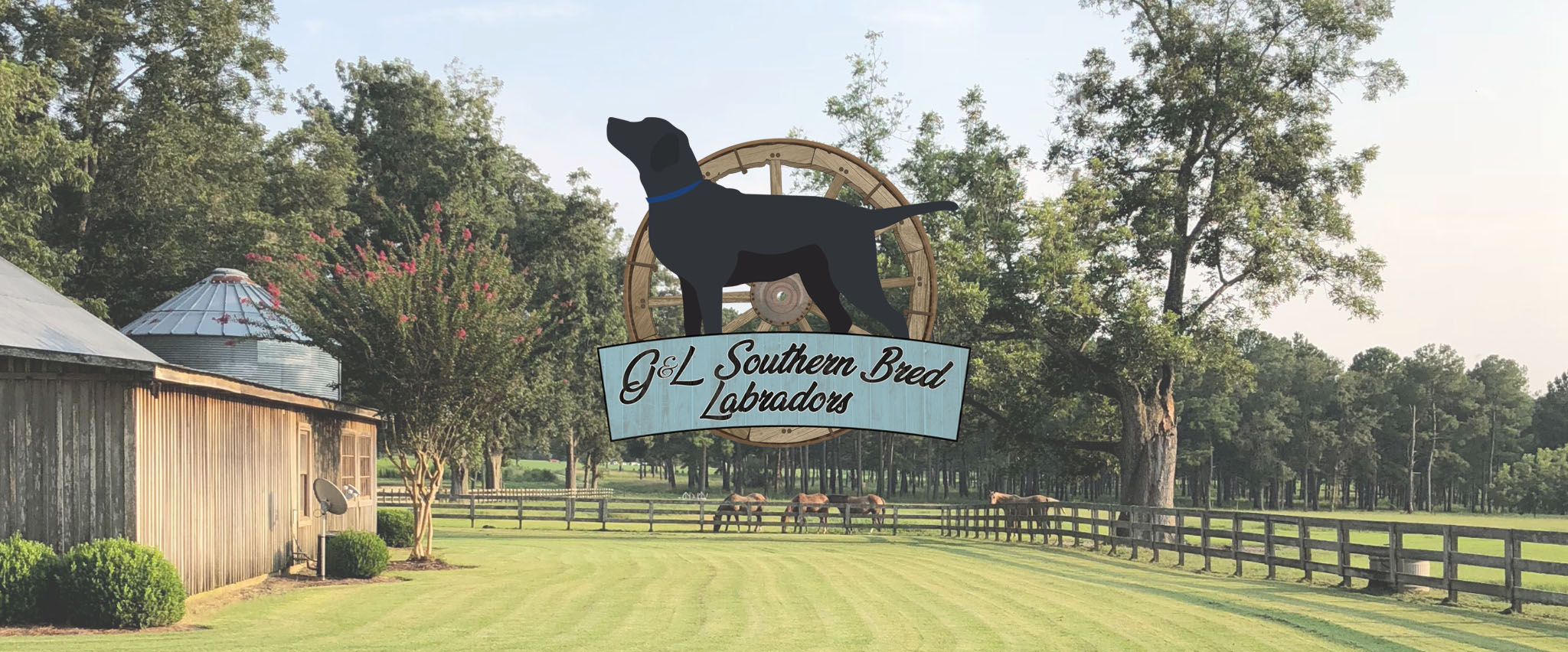The function of Dewclaws
Why G&L Southern Bred Labradors do not remove dewclaws.
Front dewclaws are typically removed by a vet at or about 3-5 days of age, because they are believed to be a non-functional digit that poses an unnecessary risk of being injured.
In standing, the front dewclaw may not appear to be functional because it does not meet the ground. However, observing the dewclaw when the dog is in motion tells a different story.
Five tendons attach to the dewclaw and play a significant role when the dog is in motion. For example:
- When a dog’s lead leg is on the ground during the gallop or canter, the dewclaw is on the ground to stabilize the carpus.
- When a dog turns, the dewclaw digs into the ground to support the structures of the limb and prevent torque.
If a dog does not have dewclaws, there is a higher potential for the carpal ligaments to stretch and tear which could result in laxity and arthritis over time which can be painful. This can then result in more stress on the dog’s carpus, elbow, shoulder, and spine as it tries to compensate for the lack of a digit.
On the other hand, the rear dewclaws do not have associated tendons, and seem to be non-functional. The rear dew claws may be a requirement for some breed standards to be present.
You would be surprised at how few dewclaw injuries vets see.
So, given the front dewclaws’ functional use, why are people or breeders so quick to remove them?
In dogs, the most common injuries seen by a vet or rehab provider occur in the shoulder complex, yet we do not see shoulders removed. Something to consider!
